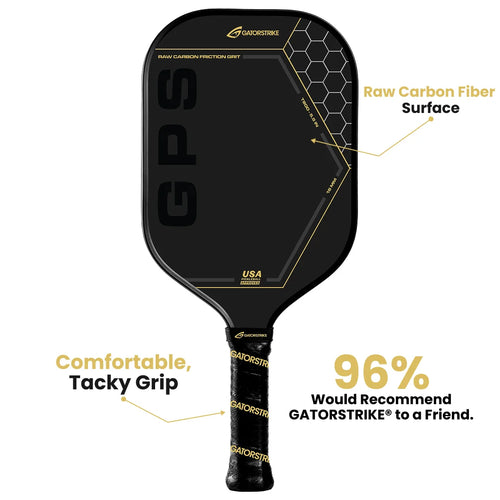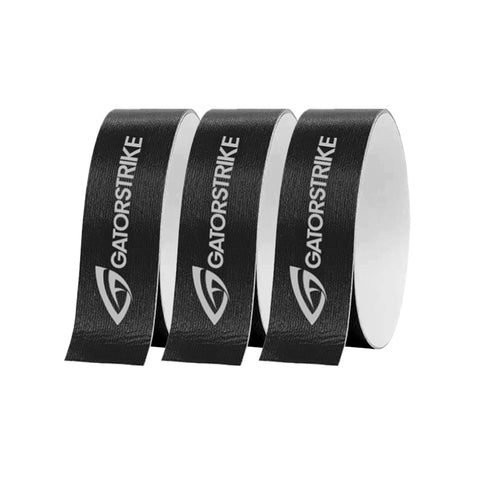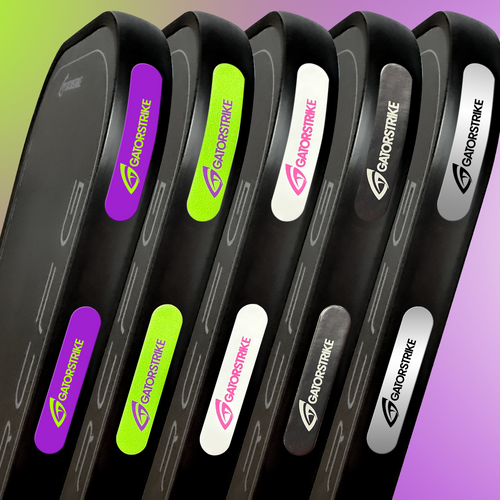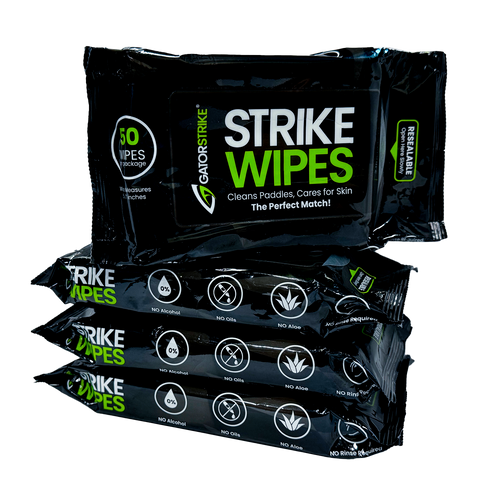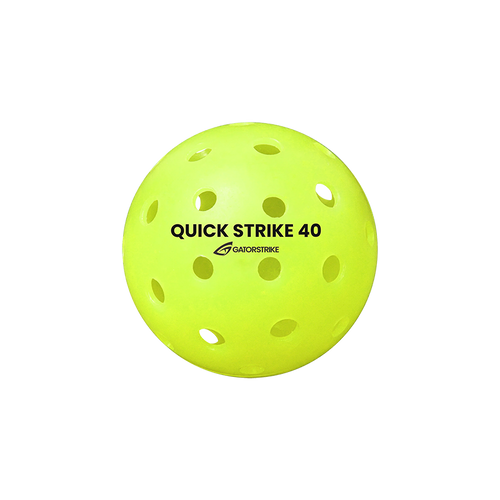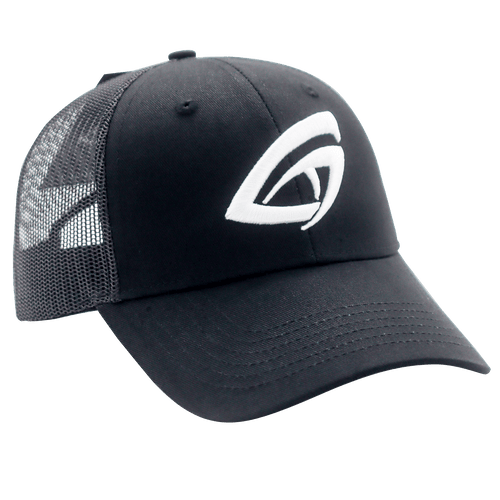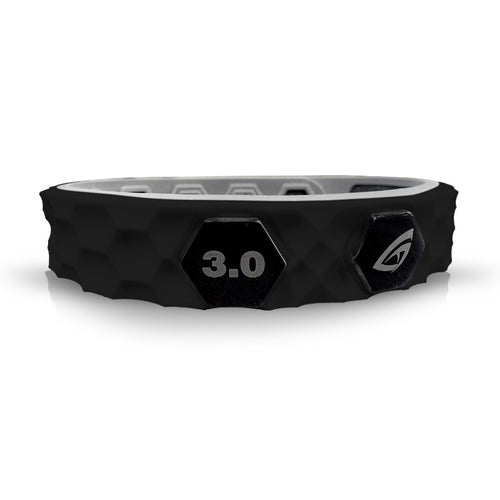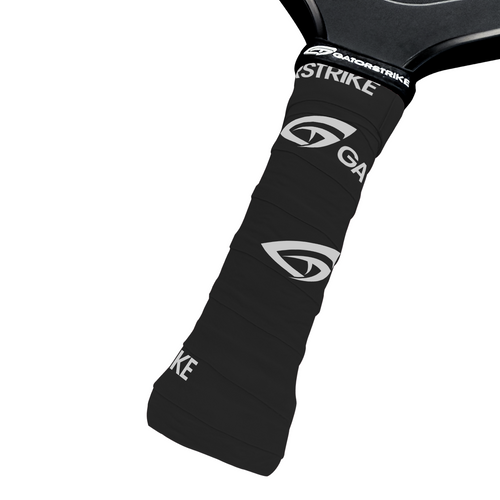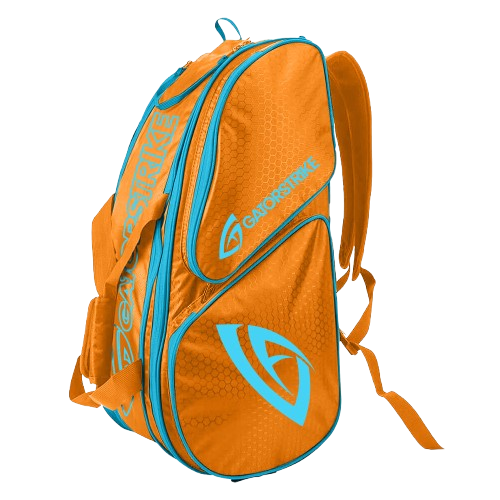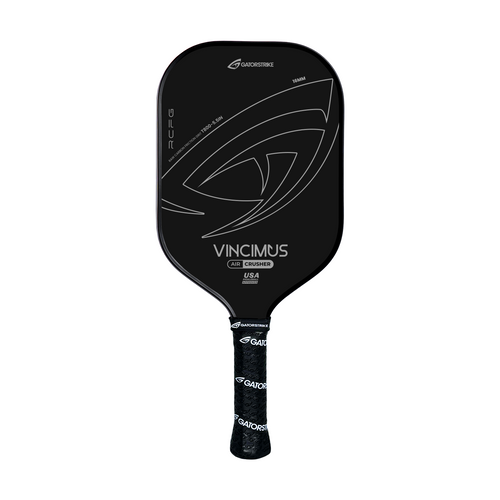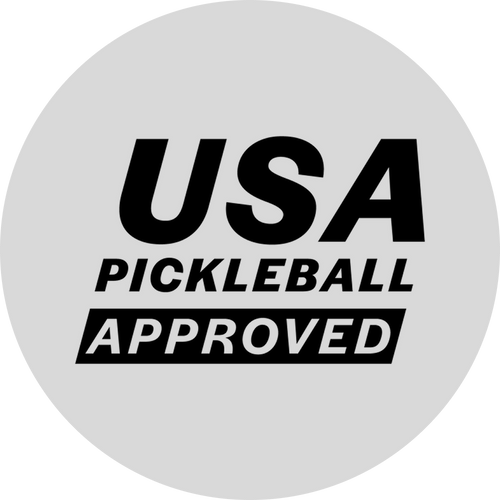
The Importance of Paddle Grip Size and How to Measure It
Share
When it comes to excelling in pickleball, choosing the right paddle is crucial—but did you know that grip size is one of the most critical yet overlooked factors? A well-fitted paddle grip not only enhances comfort but also improves control and reduces the risk of injury. Whether you’re a seasoned pro or a beginner, understanding grip size can significantly impact your game. Let’s dive into why paddle grip size matters and how you can measure it to find your perfect fit.
Why Grip Size Matters
The grip size of a pickleball paddle affects your performance in three key areas:
1. Control and Precision
A grip that fits your hand perfectly allows you to maneuver the paddle with greater finesse. A grip that’s too large or small can compromise your ability to control shots and execute delicate plays like dinks and spins.
2. Comfort and Fatigue
Using a paddle with an ill-fitting grip can lead to discomfort and strain during extended play. Over time, this can cause fatigue, reducing your stamina and enjoyment of the game.
3. Injury Prevention
Improper grip size is a leading cause of pickleball-related injuries, such as tennis elbow. A grip that’s too small forces you to overcompensate by squeezing harder, putting unnecessary strain on your forearm muscles. Conversely, a grip that’s too large can hinder wrist flexibility, increasing the risk of strain.
How to Measure Your Paddle Grip Size
Finding the right grip size isn’t complicated, but it does require attention to detail. Here are two reliable methods:
1. The Ruler Method
- Hold your hand flat with fingers fully extended.
- Align a ruler vertically along the base of your palm, measuring to the tip of your ring finger.
- The measurement (in inches) corresponds to your recommended grip size. For example, if the distance is 4.25 inches, you’ll want a paddle with a grip of approximately 4 1/4 inches.
2. The Finger Test
- Hold the paddle in your dominant hand as if preparing to hit a shot.
- There should be about a finger’s width of space between the tips of your fingers and the base of your palm.
- Too much space indicates the grip is too large.
- No space suggests the grip is too small.
Choosing the Right Grip Size
Most paddles come in standard grip sizes ranging from 4 inches to 4.5 inches. If your measurement falls between sizes, always opt for the smaller grip. Why? You can always add an overgrip to increase the size, but you can’t reduce a grip that’s too large.
Tips for Customizing Your Grip
- Overgrips: Thin, lightweight wraps that can add comfort and slightly increase the grip size. Overgrips also improve tackiness, reducing slippage.
- Grip Replacement: For those needing a substantial size adjustment, replacing the paddle’s original grip with a thicker one can be a game-changer.
- Experimentation: Don’t hesitate to test different grips until you find what feels right. Visit a pro shop or borrow paddles from friends to explore various options.
Signs You Need to Adjust Your Grip
If you’re experiencing the following, it may be time to revisit your grip size:
- Persistent discomfort or soreness in your hand, wrist, or forearm.
- Difficulty maintaining control, especially during high-intensity matches.
- Frequent slippage or the need to over-tighten your grip during play.
Conclusion
Grip size is more than just a number—it’s a vital component of your pickleball arsenal. Taking the time to measure and adjust your grip ensures that your paddle feels like an extension of your arm, maximizing performance and minimizing risk.
Whether you’re perfecting your spin serve or dominating at the net, the right grip size will empower you to play with confidence and ease. So grab a ruler, test your fit, and get ready to elevate your game—one perfectly sized paddle at a time!
